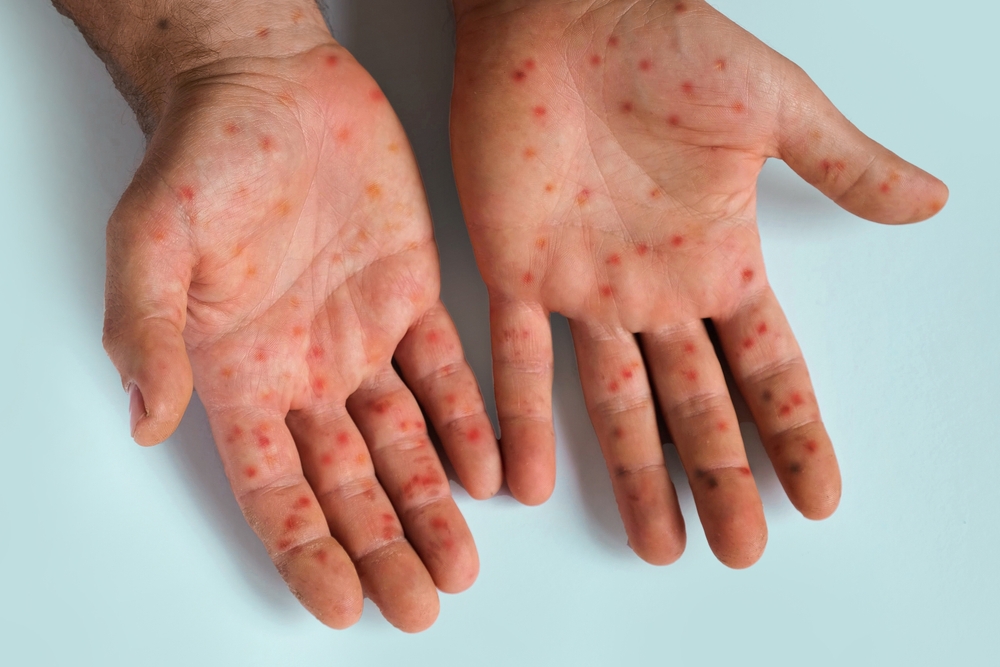Hand infections can develop from even the smallest injuries or exposures to bacteria, viruses, and fungi. Whether through a small cut, puncture wound, or a pre-existing skin condition, hand infections can occur quickly and lead to significant discomfort and potential complications if left untreated. At Lake Country Plastic and Hand Surgery in Waukesha, WI, Dr. Tracy McCall specializes in diagnosing and treating hand infections to help restore full function and prevent further harm. This blog will explore the common types of hand infections, their symptoms, and available treatment options.
Types of Common Hand Infections
Hand infections take various forms, depending on the cause and the type of exposure. While there are many potential infections, some of the most common include paronychia, cellulitis, felon, and herpetic whitlow. Each presents with unique symptoms and requires specific treatment approaches to resolve.
1. Paronychia
Paronychia is an infection of the skin surrounding the fingernail. It is usually caused by bacteria, particularly Staphylococcus aureus, but can also result from fungal infections, especially in chronic cases. This infection commonly develops after trauma to the nail, such as biting, manicures, or hangnail picking.
Symptoms:
- Redness and swelling around the nail
- Pain and tenderness
- Pus-filled blisters
- Thickened or discolored nail (in chronic cases)
Treatment:
Early-stage paronychia can often be treated with warm soaks and over-the-counter antibacterial creams. If the infection progresses or pus accumulates, a doctor may need to drain the abscess and prescribe antibiotics. Chronic fungal paronychia often requires antifungal medication to clear the infection.
2. Cellulitis
Cellulitis is a bacterial infection of the deeper layers of the skin and tissues. It often occurs after a break in the skin, such as a cut or puncture wound, and is caused by bacteria like Streptococcus or Staphylococcus. Left untreated, cellulitis can spread rapidly, potentially leading to more serious complications, including the spread of the infection to the bloodstream.
Symptoms:
- Red, swollen, and warm skin
- Tenderness or pain in the infected area
- Fever and chills (in more severe cases)
- Rapid spreading of redness
Treatment:
Cellulitis requires prompt medical attention and is typically treated with antibiotics. In more severe cases, hospitalization may be needed for intravenous antibiotics to prevent the infection from spreading. Proper wound care and hygiene can help prevent cellulitis from developing after an injury.
3. Felon
A felon is a deep infection of the fingertip, often occurring in the pulp or pad. It usually results from penetrating trauma, such as a cut or splinter, which allows bacteria to enter the tissue. If not treated promptly, a felon can quickly become a painful and serious infection.
Symptoms:
- Severe throbbing pain in the fingertip
- Swelling and redness
- Pus-filled abscess
- Difficulty moving the affected finger
Treatment:
A felon requires immediate treatment to prevent the spread of infection into the bone or joints. In many cases, drainage of the abscess is necessary, followed by antibiotics to eliminate any remaining infection. Early intervention is critical to avoid more severe complications, such as osteomyelitis (bone infection).
4. Herpetic Whitlow
Herpetic whitlow is a viral infection of the fingers caused by the herpes simplex virus (HSV). This infection is typically contracted through contact with someone who has an active cold sore or genital herpes. Herpetic whitlow is more common among healthcare workers and individuals with frequent exposure to HSV.
Symptoms:
- Small, fluid-filled blisters on the fingers
- Tingling, burning, or itching sensations
- Pain and swelling in the infected area
- Fever and swollen lymph nodes (in some cases)
Treatment:
While herpetic whitlow often resolves on its own, antiviral medications may be prescribed to reduce the severity and duration of the infection. It is important to avoid bursting the blisters, as this can lead to secondary bacterial infections. If left untreated, the virus can spread to other areas of the body or to other individuals.
Diagnosing Hand Infections
Diagnosing a hand infection typically begins with a physical examination by a specialist like Dr. Tracy McCall at Lake Country Plastic and Hand Surgery. Dr. McCall will assess the affected area for signs of redness, swelling, tenderness, and any discharge or abscess formation. In some cases, lab tests such as wound cultures or blood tests may be necessary to identify the specific pathogen causing the infection.
Imaging tests such as X-rays or MRI scans may also be required if the infection has spread to the bone or deeper tissues. Early and accurate diagnosis is crucial in preventing the infection from progressing and causing permanent damage to the hand.
Treatment Options for Hand Infections
Treatment for hand infections varies based on the type of infection, the severity of the symptoms, and the specific pathogen involved. Below are the most common approaches to treating hand infections:
1. Antibiotics
Antibiotics are the first line of defense for bacterial infections such as cellulitis, paronychia, and felon. Depending on the severity, antibiotics can be taken orally or administered intravenously. It is essential to complete the full course of antibiotics, even if symptoms improve, to eradicate the infection entirely.
2. Drainage
In cases where abscesses have formed, such as with felon or advanced paronychia, drainage may be necessary. This procedure involves making a small incision to allow the pus to escape, reducing pressure and pain. After drainage, the wound is cleaned and bandaged, and antibiotics may be prescribed to prevent further infection.
3. Antiviral Medications
Antiviral medications such as acyclovir can help reduce the severity and speed up recovery for viral infections like herpetic whitlow. These medications work by inhibiting the virus’s replication, limiting the outbreak’s extent.
4. Surgical Intervention
In rare cases, hand infections can spread to the bones, joints, or tendons, requiring surgical intervention to remove infected tissue. Early detection and treatment can help prevent the need for surgery, but when necessary, surgical debridement can be life-saving.
5. Wound Care
Proper wound care is vital for both the treatment and prevention of hand infections. Keeping the wound clean, dry, and covered until fully healed reduces the risk of bacterial entry. Regular follow-ups with your doctor ensure that the infection is healing properly and that no complications arise.
Proactive Steps for Prevention and Recovery
Prevention is critical in reducing the likelihood of developing a hand infection. Some key strategies include:
- Good Hygiene Practices: Regular handwashing and using hand sanitizer after potential exposures to bacteria, viruses, or fungi can reduce the risk of infection.
- Wound Care: Promptly cleaning and bandaging any cuts or scrapes can prevent harmful bacteria from entering the body.
- Healthy Immune System: Eating a balanced diet, exercising, and getting adequate sleep help maintain a strong immune system, making it easier to fight off potential infections.
After recovering from a hand infection, continuing these practices is vital to prevent future infections and maintain overall hand health.
Sources
Athanasian, E. A., & Brown, J. M. (2019). Felon: Deep Space Infections of the Hand. The Journal of Hand Surgery.
Rizzo, M., & Grossman, J. A. (2020). Herpetic Whitlow and Hand Infections. Orthopedic Clinics of North America.
Weinstein, J. L., & Andersen, C. R. (2021). Paronychia and Cellulitis: Current Treatment Modalities. The Journal of Dermatological Treatment.









